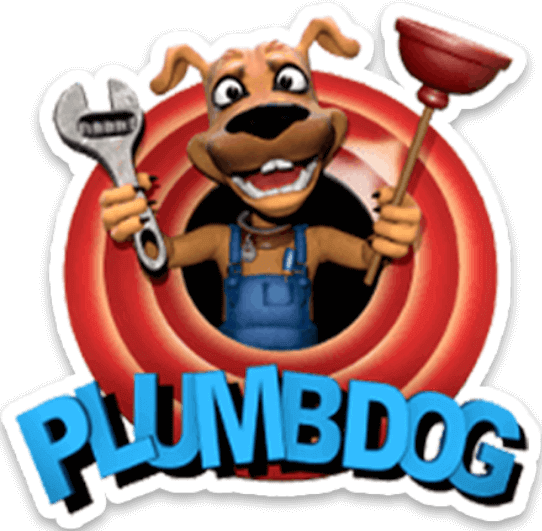If water distribution systems were designed with the intention of the liquid flowing in one direction only, then the exact opposite of that would be pretty catastrophic, right? Well, it happens often enough for there to be a name for it – it’s called ‘backflow’.
First thing’s first, to make sure you don’t get stuck with your tail between your legs, here’s the gist on backflow:
- Backflow pushes harmful substances like used water, industrial fluids and/or gases back into the plumbing system, thus infiltrating pipes that distribute potable (drinkable) water
- If backflow occurs, toilet odours, vapours and even solid contents can be drawn into household plumbing
- It’s plain-old dangerous, harmful to your health and for lack of a better word, gross
Western Australian law requires a backflow prevention device to be installed on all properties with a medium to high risk of contamination of potable water. If you’re unsure whether you need a backflow device installed, talk to your nearest Plumbdog – we’re happy to help.
Backflow prevention device types vary, with some more common than others. From an Air Gap to an Atmospheric Vacuum Breaker (AVB), or a Chemigation Valve to a Reduced Pressure Zone device, the list goes on. These devices must undergo backflow testing at commissioning, after any maintenance and at least every 12 months thereafter by a licensed plumber who has permission to test devices utilised in backflow plumbing – like Plumbdog!
Plumbdog is your one-stop backflow prevention expert. We can help with backflow prevention testing and backflow device inspection, repairs, installation and maintenance. All of our backflow devices and valves are installed in compliance with Australian Standard 2845.3. We can set up an annual service to ensure your device complies, plus, we’ll liaise with your water utilities services on your behalf to make the process as smooth as possible – but don’t worry, their bark is worse than their bite.
If you’re a commercial enterprise, it is your responsibility to ensure you comply with all relevant backflow prevention obligations specific to your business. Common sources of contamination are industrial workshops, manufacturing operations, and commercial agriculture practices that utilise pest control chemicals and fertilisers. Other sources include foot spas, swimming pools, and areas where there is a medium to high risk of contaminated water backflow.
Backflow prevention devices must be installed at the property boundary’s water meter, protecting the potable water supply for the entire property. This method of boundary protection is called containment. A backflow preventer eliminates the risk of contamination at any cross-connection points in the plumbing system, ensuring the safety and health of your customers, employees and any thirsty puppy that makes a stop at the office!
Your Water Corporation will send an annual letter to the property owner regarding backflow device maintenance. Failure to maintain such a backflow device with the appropriate backflow testing procedures will result in a non-compliance notice and a possible fine of up to $2,000. On top of this, you’ll get a daily penalty for as long as you fail to comply with the terms of the notice.
